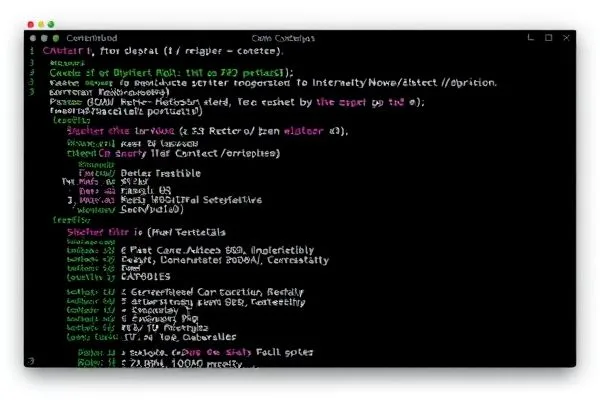Fortifying Your Digital Perimeter: Essential Cybersecurity Strategies for Businesses
Cybersecurity remains a pressing concern for organizations across all sectors, necessitating robust strategies to mitigate risks related to threats and vulnerabilities. This article explores vital measures that can help businesses enhance their cybersecurity framework, minimize exposure, and safeguard sensitive assets.
Core Takeaways
- Proactive Risk Assessment: Regular evaluations of security posture are crucial for identifying vulnerabilities.
- Employee Engagement: Training personnel on cybersecurity protocols is essential for building a culture of vigilance.
- Incident Response Planning: Comprehensive planning is necessary to effectively manage and mitigate potential security breaches.
Understanding Cyber Threats
A multifaceted approach to understanding cyber threats is imperative for organizations aiming to strengthen their defenses. Cyber threats can manifest in various forms including malware, phishing, and insider attacks, each with unique characteristics and implications.
To confront these threats, businesses must engage in constant monitoring of their digital infrastructures. Tools such as intrusion detection systems (IDS) and security information and event management (SIEM) solutions can provide critical insights into anomalous activities suggesting potential breaches. Furthermore, staying informed about the latest threat intelligence allows organizations to adapt their security measures swiftly.
Building a Culture of Cyber Awareness
Simply implementing security technologies is insufficient without a corresponding focus on human factors. The workforce plays a pivotal role in upholding cybersecurity; hence, cultivating a culture of awareness is essential. Regular training sessions focusing on common cybersecurity threats and best practices are vital steps in equipping employees to act as the first line of defense.
Engagement can be enhanced through simulations and real-time exercises that illustrate the consequences of lax security practices. Moreover, organizations should establish clear reporting mechanisms for employees to communicate suspicious activities without fear of reprisal. This open-door policy can facilitate quicker responses to potential security incidents.
In conjunction with these initiatives, developing an incident response plan is essential. This plan should outline specific roles and responsibilities, escalation processes, and communication protocols during a security event. This preparedness enables organizations to respond effectively, minimizing damage and ensuring continuity of operations.
Ultimately, a disciplined approach that emphasizes continual assessment and employee involvement lays the foundation for a resilient cybersecurity posture.
Conclusion
Strengthening cybersecurity strategies requires a combination of technology, awareness, and preparation. Engaging in ongoing risk assessment, fostering a culture of cybersecurity awareness among employees, and having a detailed incident response plan are key to safeguarding organizational assets against evolving cyber threats. By prioritizing these areas, businesses can significantly fortify their digital perimeters and protect their sensitive information.









